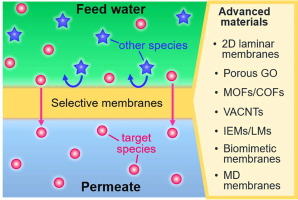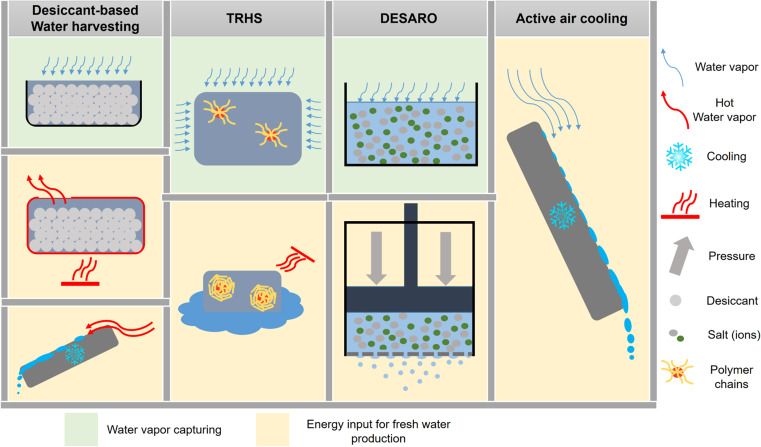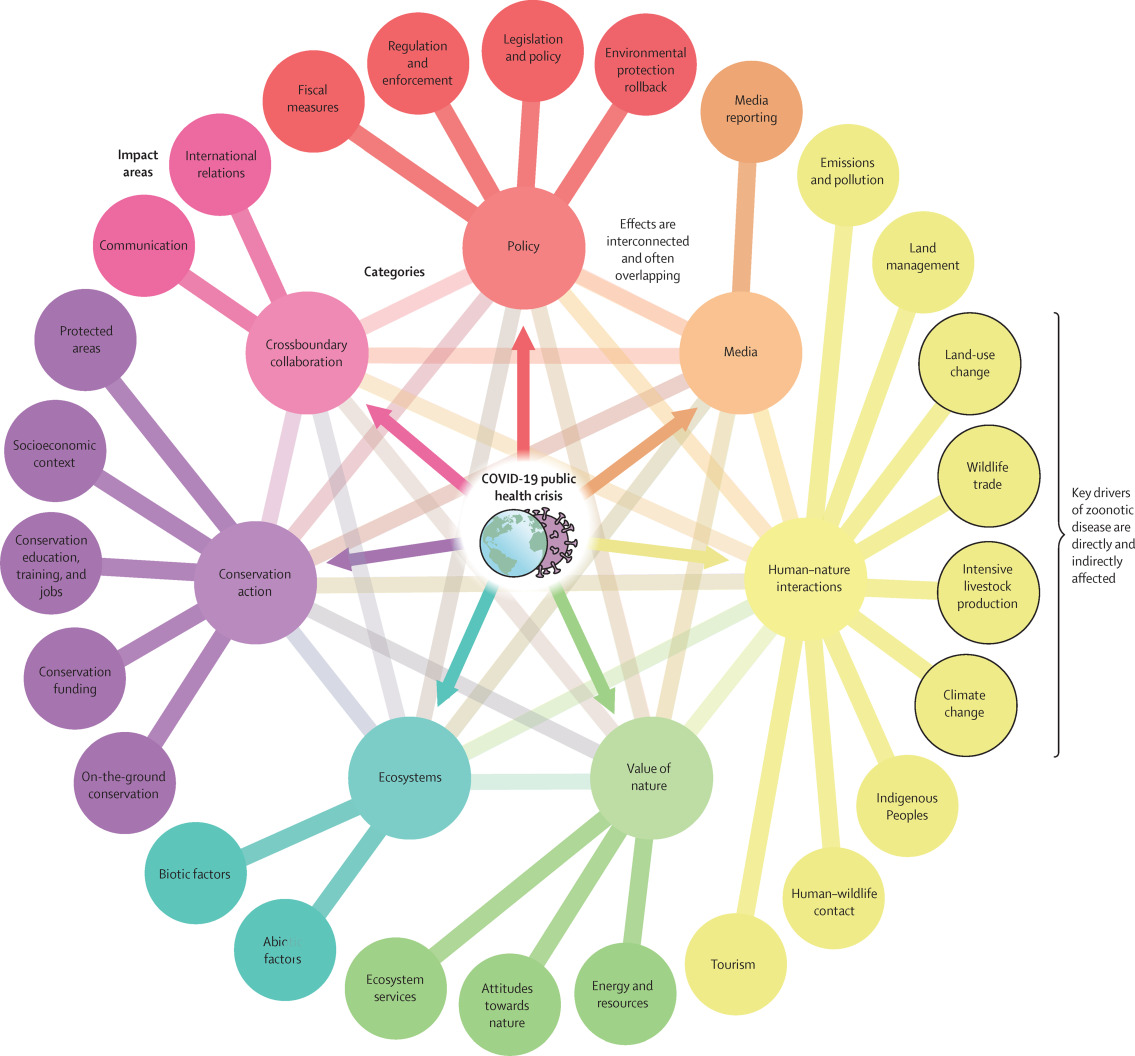Elsevier,
The Lancet Global Health, Volume 9, November 2021
This Article supports SDG 3 by showing, through a study done at two maternity centres in Kinshasa, that a strategy of screening and treating pregnant women for HBV infection, as well as birth-dose vaccination of infants exposed to HBV, is feasible in low-resource settings and potentially effective in preventing breakthrough mother-to-child HBV transmission.
Elsevier,
The Lancet Regional Health - Western Pacific, Volume 16, November 2021
This Article supports SDG 3 by assessing the prevalence of HBV infection among pregnant women in China. The prevalence was 6.17% (HbSAg positive), with regional disparities and an overall decline over the study period of 2015 to 2020.
Elsevier,
The Lancet Regional Health - Western Pacific, Volume 16, November 2021
This paper supports SDG 3 by investigating changes in the clinical care cascade of chronic hepatitis B in Beijing; the results indicate that further efforts are needed to scale up testing, linkage to care, and treatment of chronic hepatitis B not only in Beijing but across China, to achieve the goal of elimination hepatitis B virus by 2030.
Elsevier,
iScience, Volume 24, 19 November 2021
Producing clean, fresh drinking water from atmospheric water vapor can play an important role in alleviating water scarcity in drought-prone regions of the world. This perspective explores the current trends and future outlook for atmospheric water harvesting technologies.
Elsevier, The Lancet Planetary Health, Volume 5, November 2021
The ongoing COVID-19 pandemic, caused by zoonotic SARS-CoV-2, has important links to biodiversity loss and ecosystem health. These links range from anthropogenic activities driving zoonotic disease emergence and extend to the pandemic affecting biodiversity conservation, environmental policy, ecosystem services, and multiple conservation facets. Crucially, such effects can exacerbate the initial drivers, resulting in feedback loops that are likely to promote future zoonotic disease outbreaks.
Elsevier, The Lancet Regional Health - Western Pacific, Volume 16, November 2021
Background: To discuss a range of strategic options for China to improve the accessibility of direct antiviral agents (DAAs) as the treatment for hepatitis C. Methods: We adopted a narrative review approach for comprehensive comparisons and in-depth analyses of the country context, and barriers of increasing the DAA treatment rate of hepatitis C in Malaysia and China, and how the two countries have been navigating the hepatitis C agenda.
Elsevier,
Forensic Science International: Animals and Environments, Volume 1, November 2021
This articles describes an investigative study in a suspected wildlife hunting incident in which molecular biology techniques were employed to identify the species involved. The genetic analysis in this study was suitable for diagnosing the species and concluding a criminal investigation. Molecular forensic techniques can, therefore, provide an important tool that enables local law enforcement agencies to apprehend poachers.



